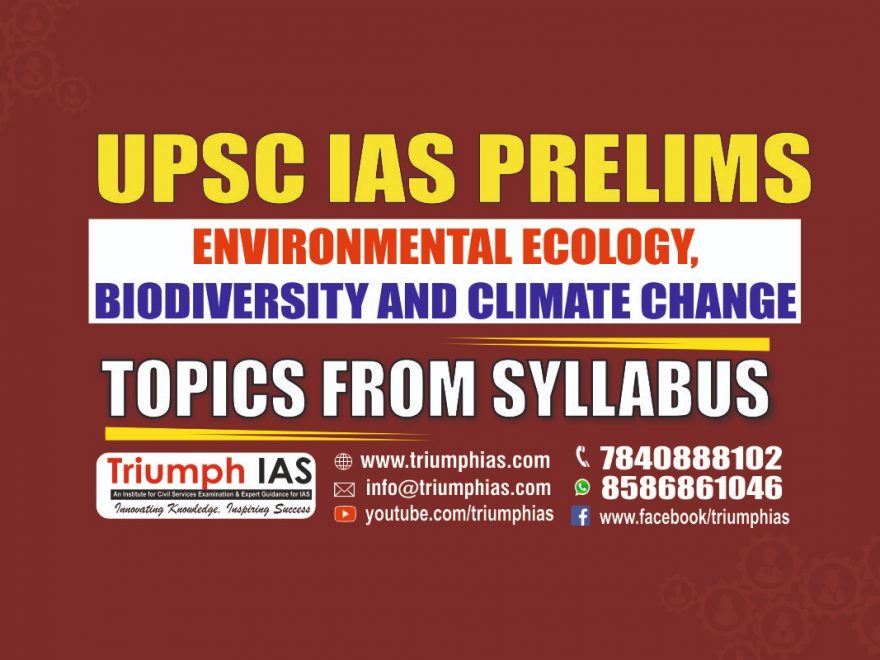Relevance: Prelims/Mains: G.S paper III: Environment: Biodiversity
Context
Growing severity of COVID-19 is compelling us to re-think ways to reduce transmission risk of emerging diseases from animals to humans
The World Zoonoses Day (July 6) holds significance in the wake of the novel coronavirus disease (COVID-19) pandemic, believed to have been originated in bats and transmitted to humans via pangolins. There have been periodic emergence and re-emergence of zoonotic diseases such as Severe Acute Respiratory Syndrome, Middle East Respiratory Syndrome and Ebola in the past.
Zoonosis is an infectious disease caused by a pathogen that originated in animals but jumped to humans directly or through an intermediary species. Animals have therefore played an essential role in maintaining zoonotic infections — bacterial, viral or parasitic — in nature .

COVID-19 disease caused by the SARS-CoV-2 virus is one such reality plaguing the world today.
The Lancet recognises that intensive livestock farming and agriculture is among the many reasons that have “disrupted the human-animal-environment interface”.
These settings — characterised by high stocking density of genetically similar breeds (for example poultry, pigs, dairy and fish) aimed at productivity, confined living conditions and limited focus on animal husbandry — act as hotspots for infection causing bacteria or virus to multiply and spread.
Such settings also involve routine use of chemicals or drugs such as antibiotics to prevent infections and are a substitute to hygiene and sanitation. This exacerbates antimicrobial resistance (AMR), a global public health threat and a pandemic of chronic nature.
To add to the above, factors such as growing population, international trade of exotic animals, loss of natural wildlife habitats owing to deforestation for urbanisation or agriculture have expedited pathogen spillover from animals to humans.
The growing severity of COVID-19 is making us re-think ways to reduce transmission risk of emerging diseases from animals to humans. One way is to change our interaction and relationship with animals. Another is to change the way we grow our food.

According to a report released, a team of 25 international wildlife and veterinary experts identified about 161 options to consider reducing the risk of future zoonotic epidemics. The solutions aligned to key stages of the trade chain such as supply (production and sourcing), transaction (transport and sale), and demand (consumption), however, need to be assessed in regard to the local, regional and international context before implementation.
The work was initiated as a collaboration between the Biosecurity Research Initiative at St Catharine’s College, Cambridge, Conservation Evidence-based in the Department of Zoology, University of Cambridge, and numerous other researchers. The report is currently under peer-review.
Supply-side interventions to prevent zoonotic emergence include increased focus on improving animal health and hygiene standards in farms by reducing stocking density and ensuring access to veterinary care, preventing mixing of domesticated animals with those of wild origin and improving biosecurity of farming practices.
On the transport and sale aspect, the key intervention areas include reducing risk of disease transmission during transport and also during slaughter, processing or sale.
Increased awareness and promotion of voluntary behaviour change in consumers, coupled with options for increasing cost of purchasing or consuming high-risk products apply to the demand side interventions. Implementation of these approaches will also need the right enablers such as capacity, resource, laws and regulations.
The interventions, according to the report, are also relevant for enabling reduced use of antimicrobials on farms and thus avoiding the spread of AMR. It is an issue of enormous importance, which could “on its own, create the pathogen responsible for a future pandemic”, the report added.
In view of the linkages between intensive food-animal farming, zoonotic diseases and pandemics, it is pertinent that we also carefully re-think our relationship with food. With chemicals like antibiotics or pesticides finding place in the intensive farming practices of food-animals and even crops, we must analyse how the food we eat is being produced and what impacts it could have on the producer, consumer and the environment in the long term.
Reducing dependence on intensive systems and considering more sustainable systems of producing food will not only allow for reduced emergence of zoonotic diseases, but also make way for preserving human health and environment.
For more such notes, Articles, News & Views Join our Telegram Channel.
Click the link below to see the details about the UPSC –Civils courses offered by Triumph IAS. https://triumphias.com/pages-all-courses.php

